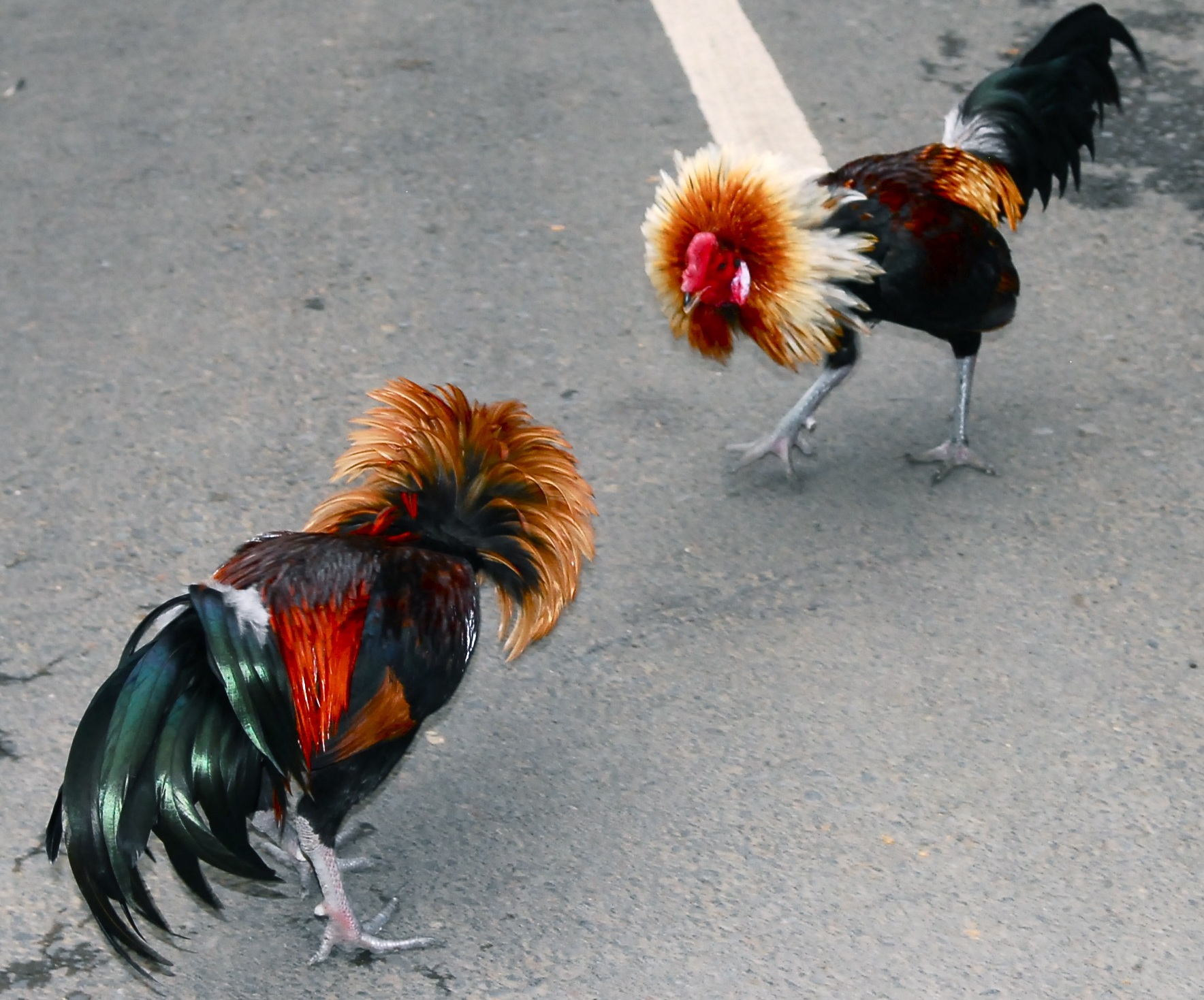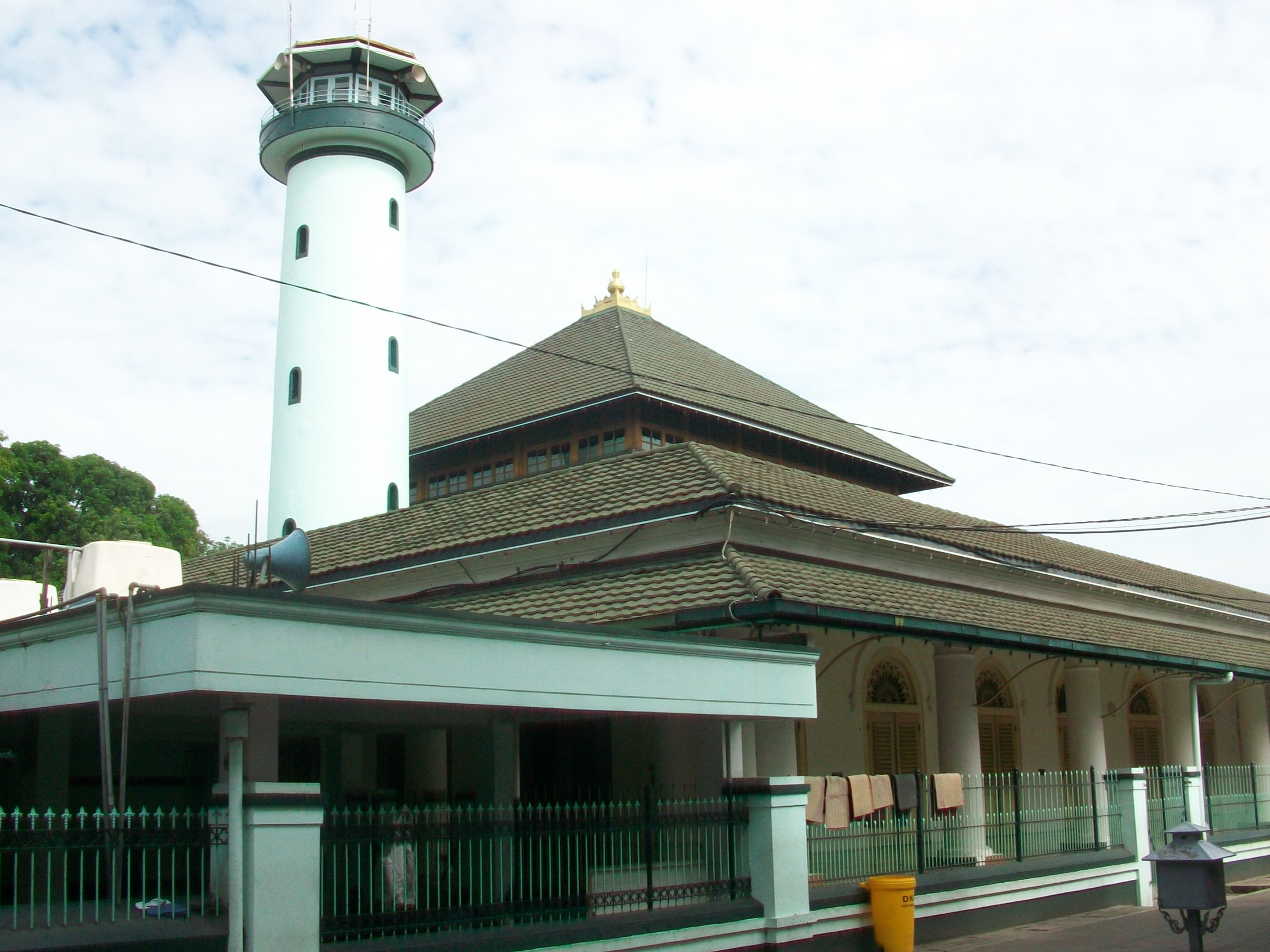|
Modjokuto
Pare (or Mojokuto) is a town and district in the Kediri regency () within the province of East Java, Indonesia. The district covers an area of 49.69 km2 and had a population of 98,594 at the 2010 census and 106,007 at the 2020 census. The village of Tulungrejo in western Pare is popularly known for the local Pare English Village (), which emerged after the American anthropologist Clifford Geertz (as part of the ''Modjokuto project'') conducted research there into religion in Java in relation to Indonesian politics after the legislative election and the election for the Constitutional Assembly of 1955.English Village Information Website info kampung inggris'. The website provides information about the English village, located in Pare, Kediri, Indonesia. See also * ''Agricultural Involution ''Agricultural Involution: The Processes of Ecological Change in Indonesia'' is one of the most famous of the early works of Clifford Geertz. Its principal thesis is that many centuries o ... [...More Info...] [...Related Items...] OR: [Wikipedia] [Google] [Baidu] |
Clifford Geertz
Clifford James Geertz (; August 23, 1926 – October 30, 2006) was an American anthropologist who is remembered mostly for his strong support for and influence on the practice of symbolic anthropology and who was considered "for three decades ... the single most influential cultural anthropologist in the United States."Shweder, Richard A., and Byron Good, eds. 2005. ''Clifford Geertz by His Colleagues''. Chicago: University of Chicago Press. He served until his death as professor emeritus at the Institute for Advanced Study, Princeton, New Jersey, Princeton. Life and career Born in San Francisco on August 23, 1926, Geertz served in the US Navy in World War II from 1943 to 1945. He received a Bachelor of Arts, bachelor of arts in philosophy from Antioch College at Yellow Springs, Ohio, Yellow Springs, Ohio in 1950 and a Doctor of Philosophy, doctor of philosophy in anthropology from Harvard University in 1956. At Harvard University he studied in the Department of Social Rel ... [...More Info...] [...Related Items...] OR: [Wikipedia] [Google] [Baidu] |
Agricultural Involution
''Agricultural Involution: The Processes of Ecological Change in Indonesia'' is one of the most famous of the early works of Clifford Geertz. Its principal thesis is that many centuries of intensifying wet-rice cultivation in Indonesia had produced greater social complexity without significant technological or political change, a process Geertz terms—" involution". The term, also known as Neijuan, has drawn significant attention in China since its introduction in China's social sciences research, making it one of the most popular buzzwords in China. Content Written for a particular US-funded project on the local developments and following the modernisation theory of Walt Whitman Rostow, Geertz examines in this book the agricultural system in Indonesia. The two dominant forms of agriculture are swidden and sawah. Swidden is also known as slash and burn and sawah involves irrigated rice paddies. The geographical location of these different types is important. Sawah is the d ... [...More Info...] [...Related Items...] OR: [Wikipedia] [Google] [Baidu] |
Kediri Regency
Kediri Regency () is a regency (''kabupaten'') located in East Java province, Indonesia. It is one of two ' Daerah Tingkat II' that has the name 'Kediri' (the other is the City of Kediri, which is separate from the Regency). The Regency covers an area of 1,563.42 km2 and had a population of 1,499,768 as of the 2010 censusBiro Pusat Statistik, Jakarta, 2011. and 1,635,294 at the 2020 census;Badan Pusat Statistik, Jakarta, 2021. the official estimate as at mid 2023 was 1,684,454 (comprising 849,958 males and 834,496 females).Badan Pusat Statistik, Jakarta, 28 February 2024, ''Kabupaten Kediri Dalam Angka 2024'' (Katalog-BPS 1102001.3506) The capital of the regency is in the town of Ngasem, which is effectively a northern suburb of Kediri city, just about 200 metres over the municipal border. However, several regency government establishments are also located within Kediri city, although it is administratively a separate political entity. This is because both the regency and t ... [...More Info...] [...Related Items...] OR: [Wikipedia] [Google] [Baidu] |
Regency (Indonesia)
A regency (; ), sometimes incorrectly referred to as a district and previously known as second-level region, is an administrative division of Indonesia, directly under a Provinces of Indonesia, province and on the same level with City status in Indonesia, city (''kota''). Regencies are divided into Districts of Indonesia, districts (''Kecamatan'', ''Distrik'' in Western New Guinea, Papua region, or ''Kapanewon'' and ''Kemantren'' in the Special Region of Yogyakarta). The average area of Indonesian regencies is about , with an average population of 670,958 people. The English name "regency" comes from the Dutch East Indies, Dutch colonial period, when regencies were ruled by (or regents) and were known as in Dutch language, Dutch ( in Javanese and subsequently Indonesian). had been regional lords under the precolonial monarchies of Java. When the Dutch abolished or curtailed those monarchies, the bupati were left as the most senior indigenous authority. They were not, strictly s ... [...More Info...] [...Related Items...] OR: [Wikipedia] [Google] [Baidu] |
East Java
East Java (, , ) is a Provinces of Indonesia, province of Indonesia located in the easternmost third of Java island. It has a land border only with the province of Central Java to the west; the Java Sea and the Indian Ocean border its northern and southern coasts, respectively, while the narrow Bali Strait to the east separates Java from Bali by around . Located in eastern Java (island), Java, the province also includes the island of Madura Island, Madura (which is connected to Java by the longest bridge in Indonesia, the Suramadu Bridge), as well as the Kangean Islands, Kangean islands and other smaller island groups located further east (in the northern Bali Sea) and the Masalembu Islands, Masalembu archipelago to the north. Its capital is Surabaya, the Largest cities in Indonesia, second largest city in Indonesia, a major industrial center and also a major business center. Banyuwangi is the largest regency in East Java and the largest on the island of Java. The province cover ... [...More Info...] [...Related Items...] OR: [Wikipedia] [Google] [Baidu] |
Indonesia
Indonesia, officially the Republic of Indonesia, is a country in Southeast Asia and Oceania, between the Indian Ocean, Indian and Pacific Ocean, Pacific oceans. Comprising over List of islands of Indonesia, 17,000 islands, including Sumatra, Java, Sulawesi, and parts of Borneo and New Guinea, Indonesia is the world's largest archipelagic state and the List of countries and dependencies by area, 14th-largest country by area, at . With over 280 million people, Indonesia is the world's List of countries and dependencies by population, fourth-most-populous country and the most populous Islam by country, Muslim-majority country. Java, the world's List of islands by population, most populous island, is home to more than half of the country's population. Indonesia operates as a Presidential system, presidential republic with an elected People's Consultative Assembly, legislature and consists of Provinces of Indonesia, 38 provinces, nine of which have Autonomous administrative divisi ... [...More Info...] [...Related Items...] OR: [Wikipedia] [Google] [Baidu] |
Java
Java is one of the Greater Sunda Islands in Indonesia. It is bordered by the Indian Ocean to the south and the Java Sea (a part of Pacific Ocean) to the north. With a population of 156.9 million people (including Madura) in mid 2024, projected to rise to 158 million at mid 2025, Java is the world's List of islands by population, most populous island, home to approximately 55.7% of the Demographics of Indonesia, Indonesian population (only approximately 44.3% of Indonesian population live outside Java). Indonesia's capital city, Jakarta, is on Java's northwestern coast. Many of the best known events in Indonesian history took place on Java. It was the centre of powerful Hindu-Buddhist empires, the Islamic sultanates, and the core of the colonial Dutch East Indies. Java was also the center of the History of Indonesia, Indonesian struggle for independence during the 1930s and 1940s. Java dominates Indonesia politically, economically and culturally. Four of Indonesia's eig ... [...More Info...] [...Related Items...] OR: [Wikipedia] [Google] [Baidu] |
Politics Of Indonesia
The politics of Indonesia take place in the framework of a presidential representative democratic republic whereby the President of Indonesia is both head of state and head of government and of a multi-party system. Executive power is exercised by the government. Legislative power is vested in both the government and the bicameral People's Consultative Assembly. The judiciary is independent of the executive and the legislature.King, Blair. Inside Indonesia:Constitutional tinkering: The search for consensus is taking time access date 23 May 2009 The 1945 constitution provided for a limited separation of executive, legislative and judicial power. The governmental system has been described as "presidential with parliamentary characteristics". Indonesia was democratic upon independence, but became authoritarian in 1957 under Sukarno. It remained authoritarian under his successor Suharto until the Indonesian riots of May 1998 and the resignation of President Suharto, which led ... [...More Info...] [...Related Items...] OR: [Wikipedia] [Google] [Baidu] |
1955 Indonesian Legislative Election
Legislative elections were held in Indonesia on 29 September 1955 to elect the 257 members of the House of Representatives. The election was the first national election held since the end of the Indonesian National Revolution, and saw over 37 million valid votes cast in over 93 thousand polling locations. The result of the election was inconclusive, as no party was given a clear mandate. The legislature which was elected through the election would eventually be dissolved by President Sukarno in 1959, through Presidential Decree number 150. Background The first elections were originally planned for January 1946, but because the Indonesian National Revolution was still underway, this was not possible. After the war, every cabinet had elections in its program. In February 1951 the Natsir cabinet introduced an election bill, but the cabinet fell before it could be debated. The next cabinet, led by Sukiman did hold some regional elections.Feith (2007) p273 Finally, in February 19 ... [...More Info...] [...Related Items...] OR: [Wikipedia] [Google] [Baidu] |
1955 Indonesian Constitutional Assembly Election
Elections were held in Indonesia on 15 December 1955 to elect all 514 members of the Constitutional Assembly. The Provisional Constitution of 1950 had provided for the establishment of an elected body to draw up a permanent constitution following Indonesia's independence from the Netherlands. In April 1953, the House of Representatives passed the election bill. The elections for the house were set for September 1955, while those for the Constitutional Assembly were held three months later. Results References * * * * {{Indonesian elections Legislative elections in Indonesia Indonesia Constitutional A constitution is the aggregate of fundamental principles or established precedents that constitute the legal basis of a polity, organization or other type of entity, and commonly determines how that entity is to be governed. When these princ ... Sukarno Liberal democracy period in Indonesia 1955-12 election Election and referendum articles with incomplete results Co ... [...More Info...] [...Related Items...] OR: [Wikipedia] [Google] [Baidu] |
Free Press (advocacy Group)
Free Press is a United States advocacy group that is part of the media reform or media democracy movement. Their mission statement, mission includes, "saving net neutrality, Net Neutrality, achieving affordable internet access for all, uplifting the voices of people of color in the media, challenging old and new media gatekeepers to serve the public interest, ending unwarranted surveillance, defending press freedom and reimagining local journalism." The group is a major supporter of net neutrality. History, organization, and activities Free Press is a 501(c)(3) organization.Free Press Guidestar (accessed June 9, 2016). Free Press Action Fund is a 501(c)(4) organization [...More Info...] [...Related Items...] OR: [Wikipedia] [Google] [Baidu] |



